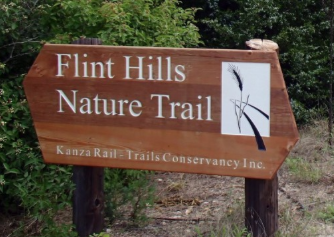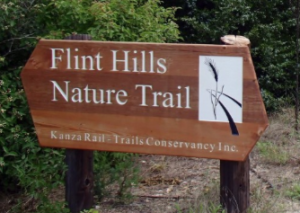 SALLY HO, Associated Press
SALLY HO, Associated Press
LAS VEGAS (AP) — Last school year, Common Core-aligned standardized tests marched forward, going from paper-and-pencil to the computer to allow for questions to adapt in difficulty based on a student’s answer. A new baseline of testing data was expected as a result. However, many states had technical issues with the electronic form that left them unable to complete the testing. Others saw an unprecedented spread of refusals. That means a new school year without complete testing data in many areas.
Below, we look at the impact of the incomplete data on teachers, students and districts:
WHAT IS COMMON CORE AND WHY IS IT SO CONTROVERSIAL?
Common Core is a set of standards that determine what kids should learn and when. It’s not a curriculum and doesn’t determine how kids learn.
Adopted in 42 states, it was developed by governors and state school superintendents with the input of teachers, experts and community members in hopes that it could align the basics of education across the country.
It’s been controversial because it’s backed by the Obama administration, which has tied No Child Left Behind waivers to the adoption of standards like Common Core. Opponents see this as the U.S. Department of Education strong-arming states into accepting Common Core, which has caused a political uproar among those who say it is tantamount to federal government overreach.
WHAT HAPPENED LAST SCHOOL YEAR?
In Nevada, Montana and North Dakota, widespread problems with the test makers stopped the exams, and schools were given leeway if they didn’t finish. Nevada was the most severely impacted because the Las Vegas-based Clark County School District – home to half of the state’s students and the fifth-largest school system in the country – was crippled. Only a third of all Nevada students completed the test.
Meanwhile, thousands of students refused to take the test in a rebellion against standardized testing and the Common Core initiative. New York is believed to have had the largest rate of students who skipped the test with about 20 percent. Opt-outs were also noted in Colorado, Maine, New Mexico, Oregon, Pennsylvania and Washington.
HAS ANYTHING LIKE THIS HAPPENED BEFORE?
There was incomplete testing data in Kansas in 2014 and Wyoming in 2010, although Wyoming’s test was not Common Core-aligned at that time. In those cases, students finished the test but the states felt the validity of the scores were too compromised or questionable due to Kansas’ cyber-attack and Wyoming’s technical issues. They were both given waivers from the U.S. Department of Education, so they weren’t penalized and the states say there wasn’t notable classroom impact.
HOW ARE TEST SCORES USUALLY USED?
States are required to test all students and use their scores to determine how the school systems are doing, which can affect funding. Some states use the data for a “ratings” system. A few are using it as a part of teacher evaluations. In the classroom, schools generally share the data with teachers who use it to guide curriculum decisions and measure individual students.
WITHOUT COMPLETE SCORES, WILL THAT AFFECT THE CLASSROOM IN THE NEW TERM?
Direct impacts on the classroom are likely to be minimal. Half of the country had suspended those school rating and accountability systems in anticipation of the new computerized test. Most states aren’t using it for teacher evaluations yet. New York is one state that will be forced to use incomplete testing data, with superintendents deciding on an alternative performance measure on teacher evaluations where there’s not enough data.
Academically, teachers, administrators and state officials said the student scores aren’t the final call on whether students are promoted or held back, making it ultimately just one piece of the puzzle for measuring students. In that sense, most officials see the data loss as an inconvenient delay.
IF THAT’S THE CASE, WHY EVEN TEST?
A school district trying to tackle chronic problems without standardize test scores can be like trying to diet without a scale. While that high-stakes number is an important baseline, there are also other measures that can be equally important factors. If you’re on a diet, that might be inches lost, muscle gained and cholesterol levels. If you are a district trying to maintain a good school system, that’s graduation rates, student grades and classroom or district results for other tests, like weekly math quizzes or entrance exams.
WHAT’S NEXT?
Federal compliance and funding questions are pending, and some states are also waiting on studies looking at the validity of what student scores they do have. If it’s determined that the known disruptions compromised the controlled testing experience, it could undermine even the incomplete testing data that exists.
For the next testing cycle, states say they don’t expect problems. Nevada chose a new test maker, while Montana said it doesn’t have a “Plan B” if technical glitches resurface. New York is appealing directly to parents to combat opt-outs.



















